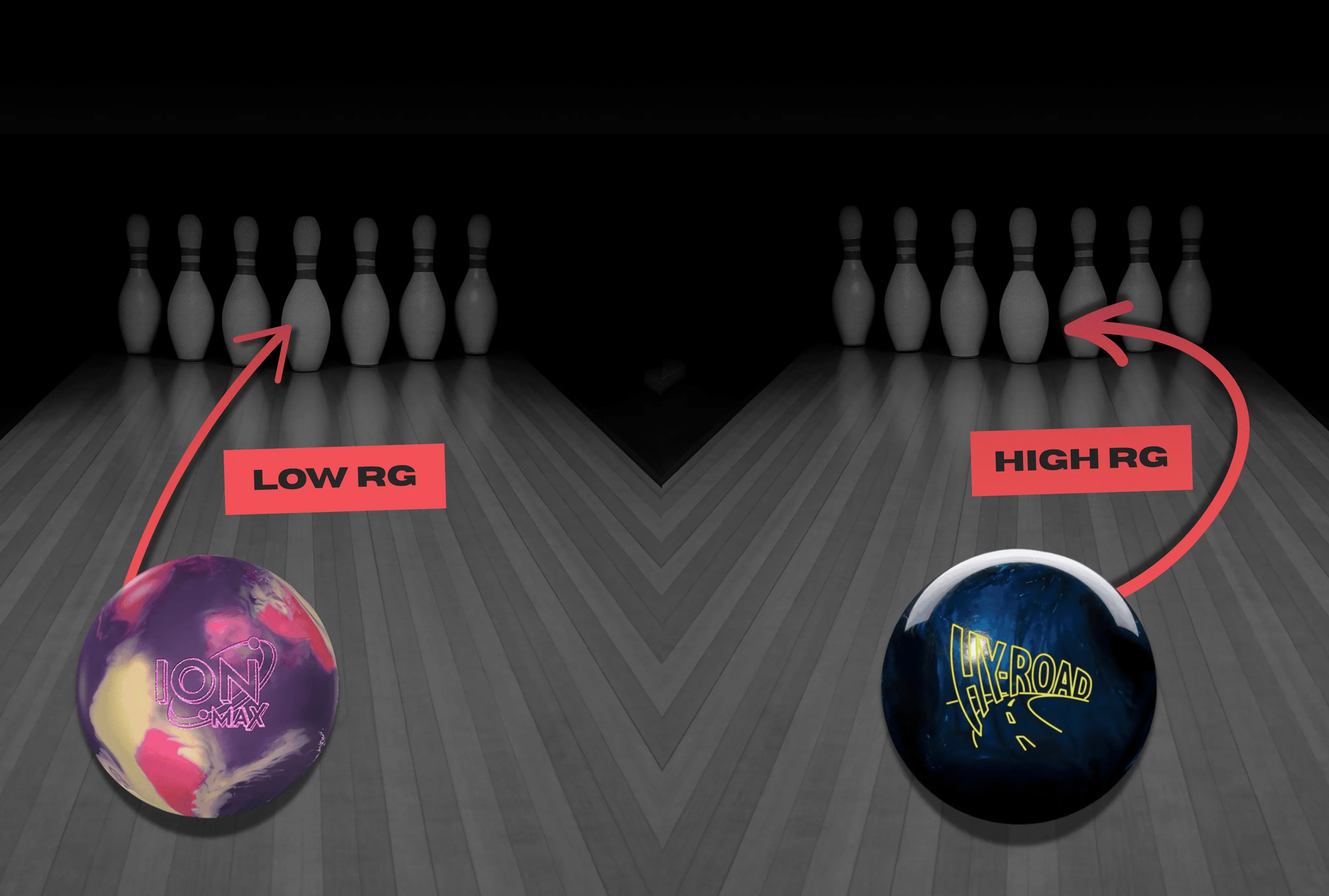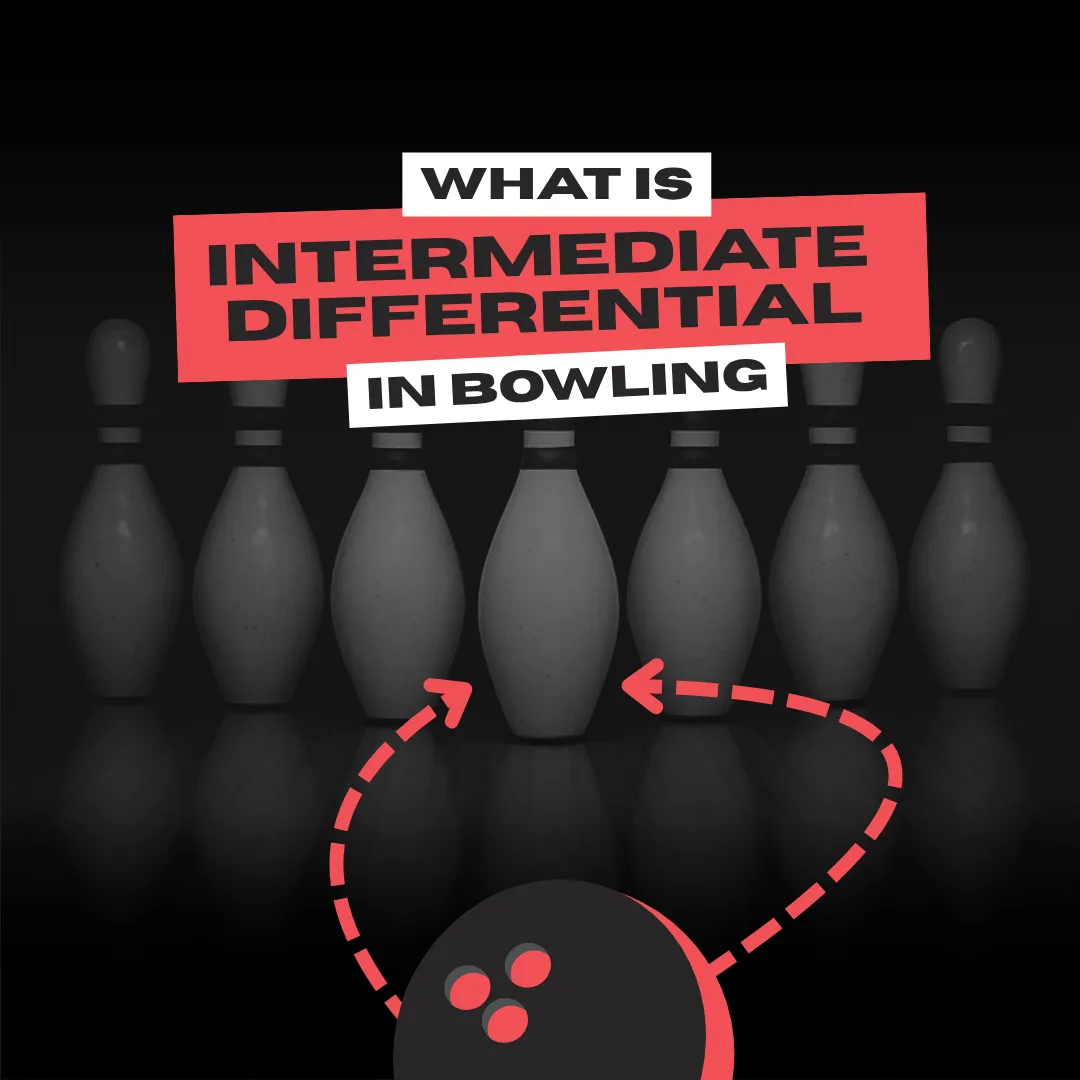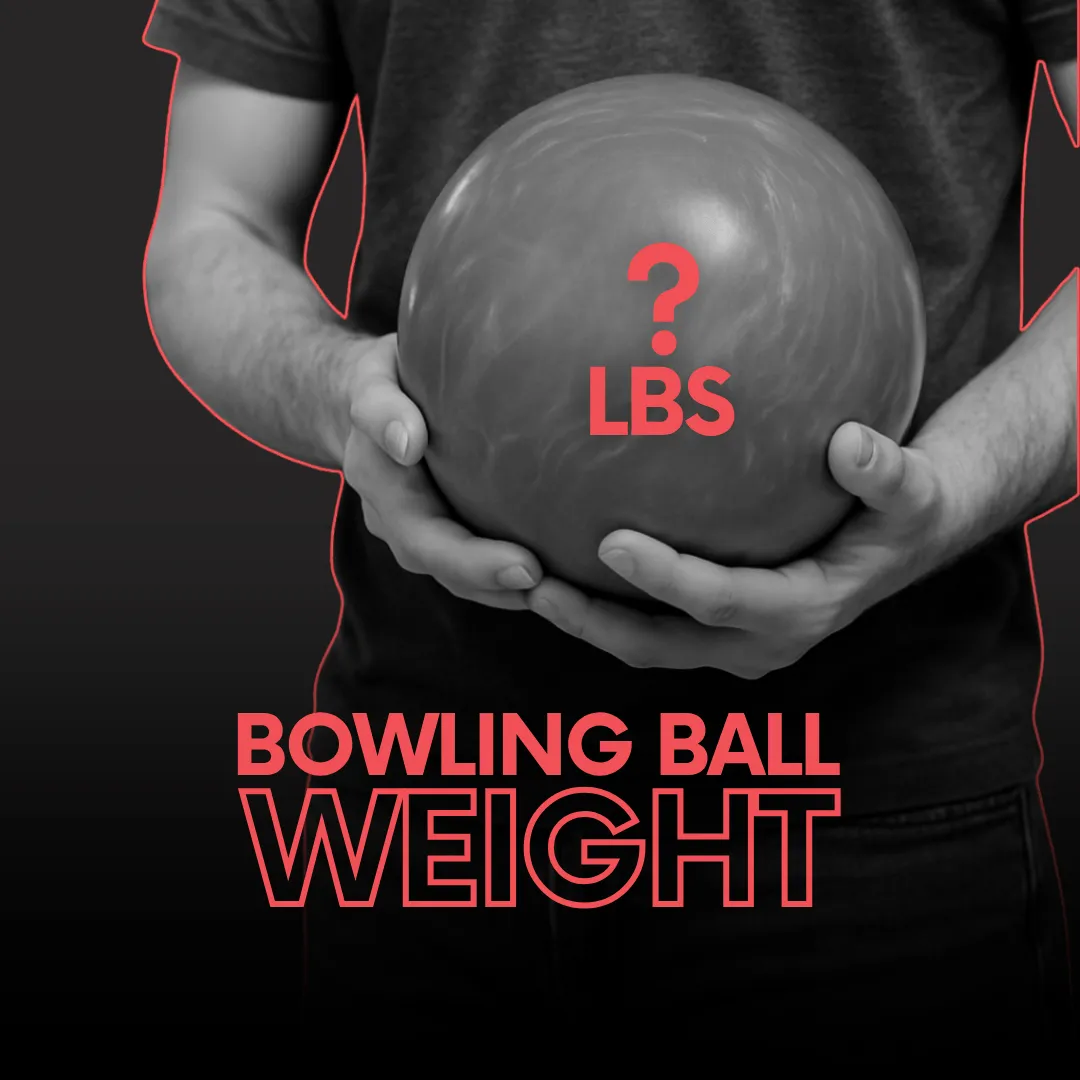When you're buying a new bowling ball or reading bowling ball reviews, you'll always come across a stat called RG, or Radius of Gyration. But what exactly does that mean—and why on earth should you care?
These two letters can be very important when choosing your next bowling ball and builing your bowling ball arsenal, because different RG's affect bowling ball motion differently. We'll break this topic down in simple terms so you can understand what does RG means in bowling, what's the difference between low, medium and high RG bowling balls and how to choose the right one for your game.

What Does RG Mean in Bowling?
RG (Radius of Gyration) refers to how mass is distributed inside a bowling ball—specifically, how far that mass is located from the center. It’s measured in inches and typically falls between 2.46 and 2.80.
RG tells you how quickly a ball revs up and transitions from skid to hook.
In a low RG ball, the mass is concentrated closer to the center of the core. In contrast, high RG balls have the mass distributed farther away from the center.
Okay, physics overload? Let’s make it simple by giving an example.
Imagine a figure skater spinning. When they pull their arms in tight, they spin faster—this is like a low RG bowling ball where the mass is close to the center. When they extend their arms out, they spin slower—like a high RG bowling ball, with mass distributed farther from the center.
The lower the RG, the more bowling ball "spins", the earlier the ball starts to hook. The higher the RG, the later it revs up, creating more length and backend reaction.
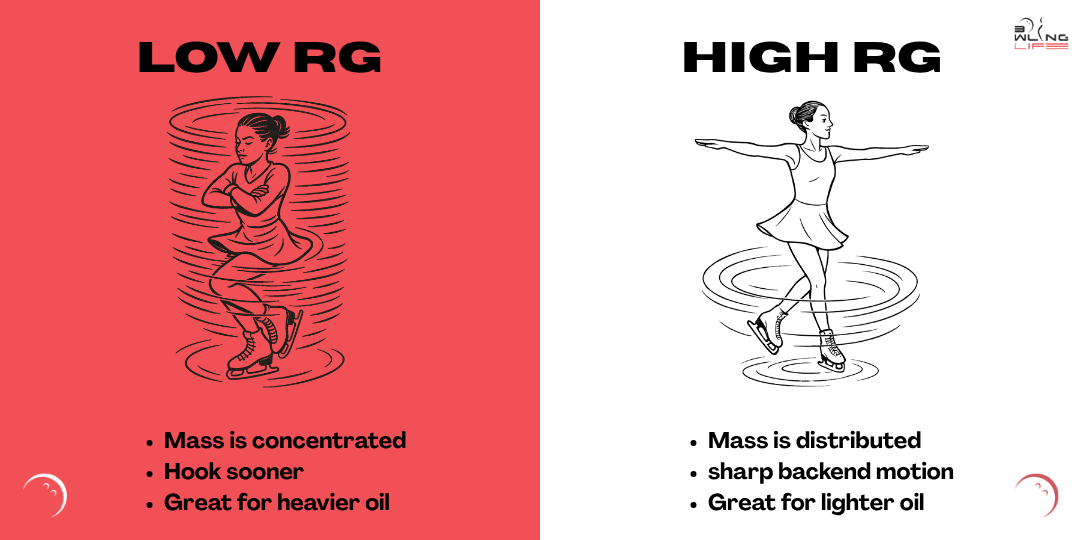
How Does RG Affect Bowling Ball Motion?
Understanding RG helps you predict how a ball will behave down the lane and to choose the right bowling ball according to the lane conditions you play.
- Low RG balls start revving earlier and hook sooner. They’re great for heavier oil conditions where you want the ball to grip the lane earlier or to play straighter angles.
- Medium RG balls give you a balanced shape—often used as “benchmark” balls because they offer a controlled, readable motion in various conditions.
- High RG balls glide longer before revving up, saving energy for a sharp backend move—ideal for lighter oil or when you want more angle downlane. Ofter reffered to skid/flip motion.
RG Categories Explained
Here’s a simple breakdown of the RG categories you’ll see on spec sheets:
| RG Category | RG Range | Ball Motion Behavior | Best Used On |
| Low RG | 2.46″ – 2.50″ | Revves up quickly, earlier hook | Heavy oil, early lane read |
| Medium RG | 2.51″ – 2.53″ | Smooth transition, balanced reaction | Versatile, benchmark balls |
| High RG | 2.54″ and up | Delayed rev-up, more backend motion | Medium-Dry lanes, skid-flip reaction |
Which RG Should You Choose and When?
The best option is to have all three different RG bowling balls in your bowling bag, because bowling conditions change fast and you have to be ready to adapt if you want to score better results.
- A low RG bowling ball is ideal for breaking down oil in the early stages of the game or when facing heavy oil patterns.
- Medium RG bowling balls are great benchmark options to read the lane and build your game plan around.
- A high RG bowling ball helps delay the hook and open up the backend. It’s extremely useful when dealing with transition or drier lane conditions and you need the ball to respond later down the lane.

Ball Examples by RG Category
Now that you’re familiar with the technical side of the RG in bowling, let’s take a look at some real examples of low, medium, and high RG bowling balls — all reviewed on BowlingLife. Here are a few picks by RG category:
- Low RG Balls: Storm Ion Pro Max – Smooth, early hook on fresh heavy oil patterns Motiv Evoke Hysteria – Controllabe but still angular in the backend on medium-heavy oil
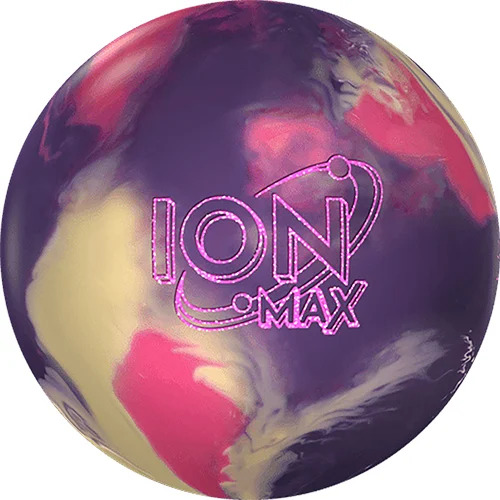
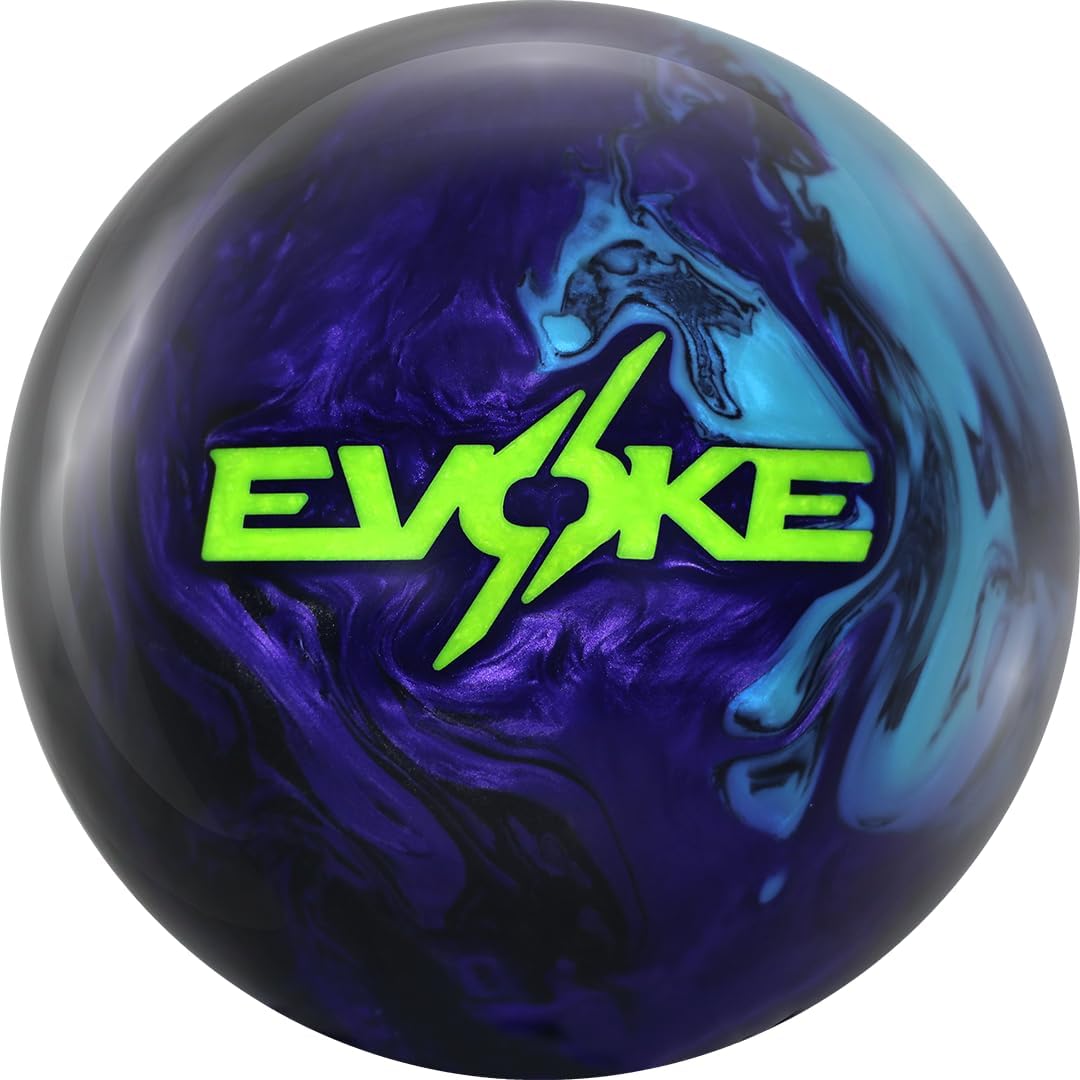
- Medium RG Balls: Roto Grip RST Hyperdrive – predictable motion for medium-heavy oil patterns Brunswick Hypnotize – Controlled shape with versatility

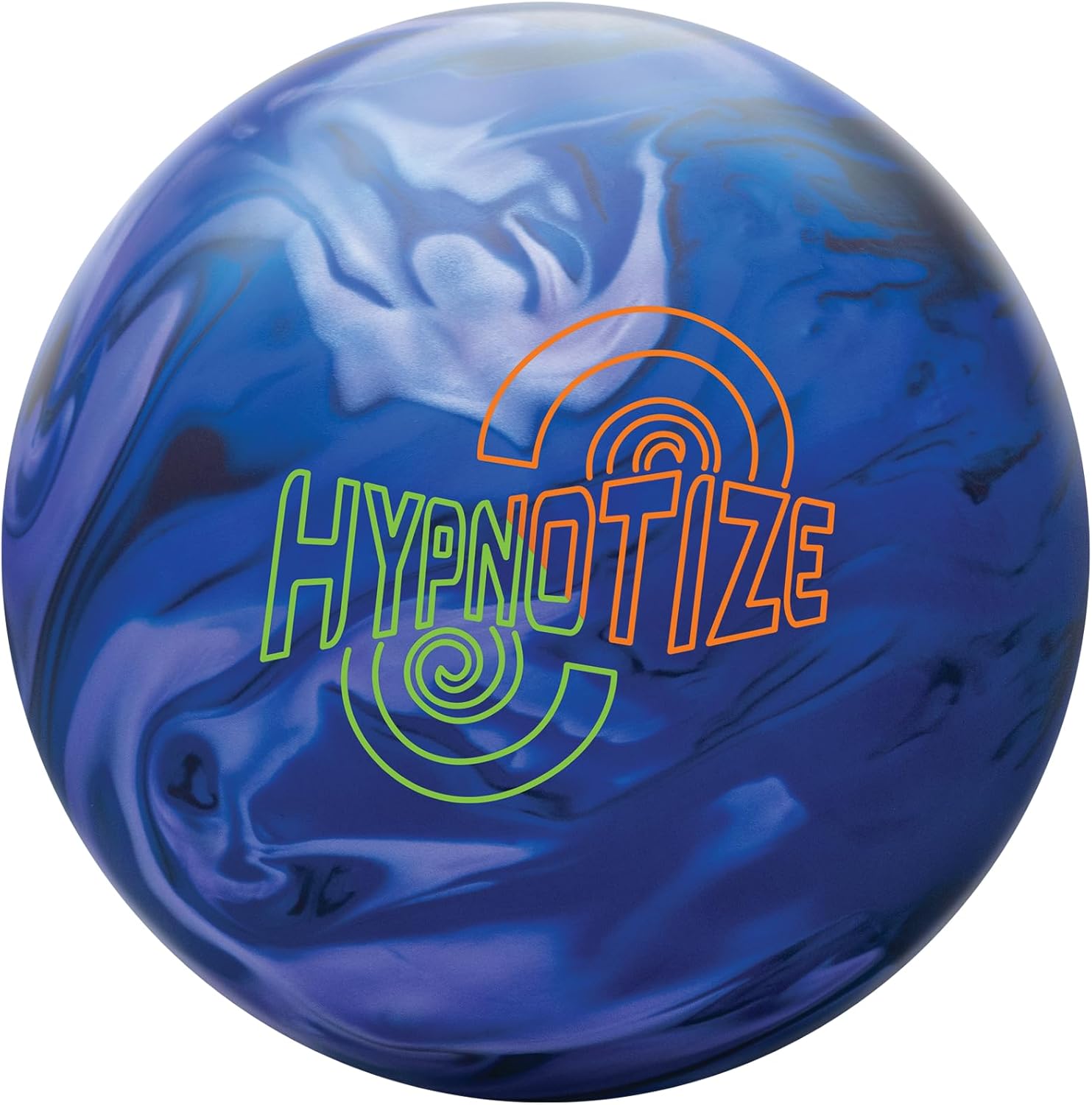
- High RG Balls: DV8 Hater Pearl – Clean through the fronts, strong backend Storm Hy-Road – Late motion for medium-dry lanes, absolute classic
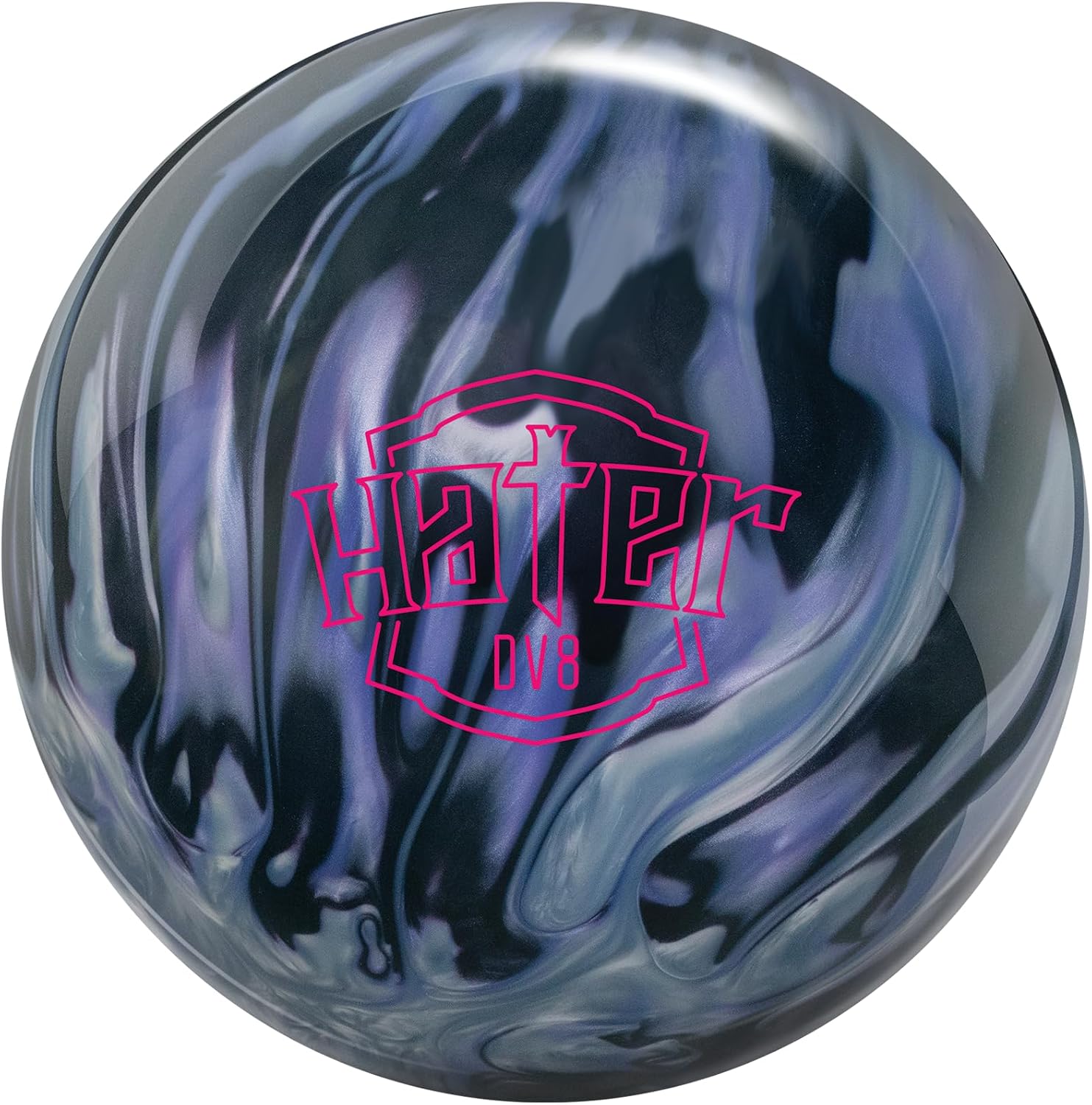

Final Thoughts
RG may sound like a technical detail, but once you understand it, it becomes one of the most important tools in selecting the right bowling ball for your needs.
It’s not about high vs low being “better”—it’s about matching the RG to your needs and the lane conditions you bowl on. Knowing what RG means—and how it affects your ball—puts you one step ahead of yor opponents and the pins.
Some links in this article are affiliate links, which means we may earn a small commission if you make a purchase - at no extra cost to you. This helps us keep our content free and accessible to everyone.
